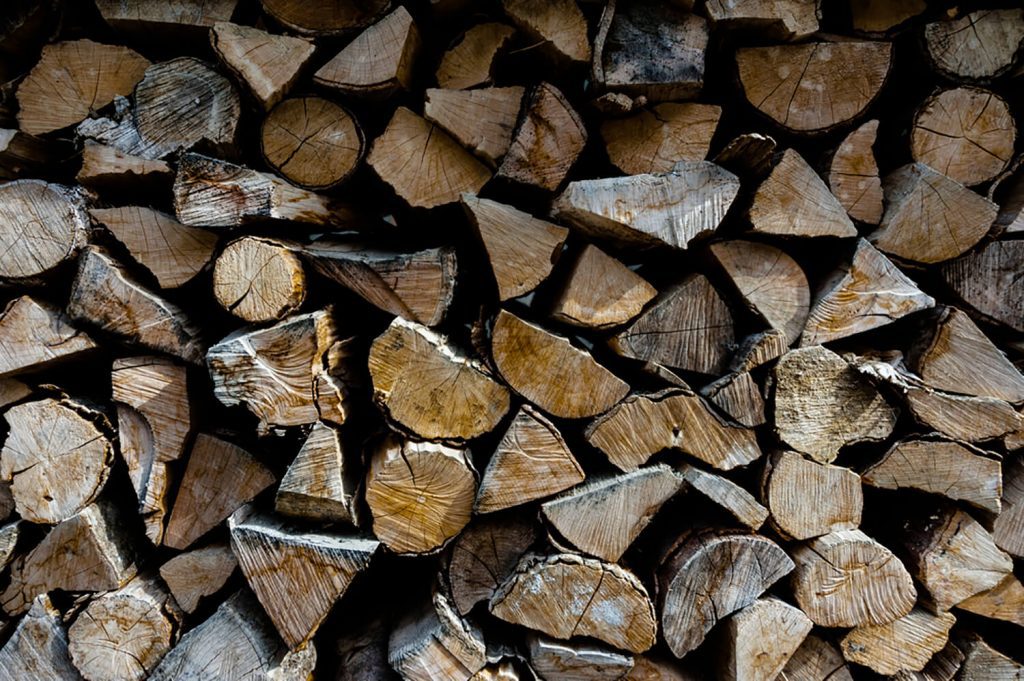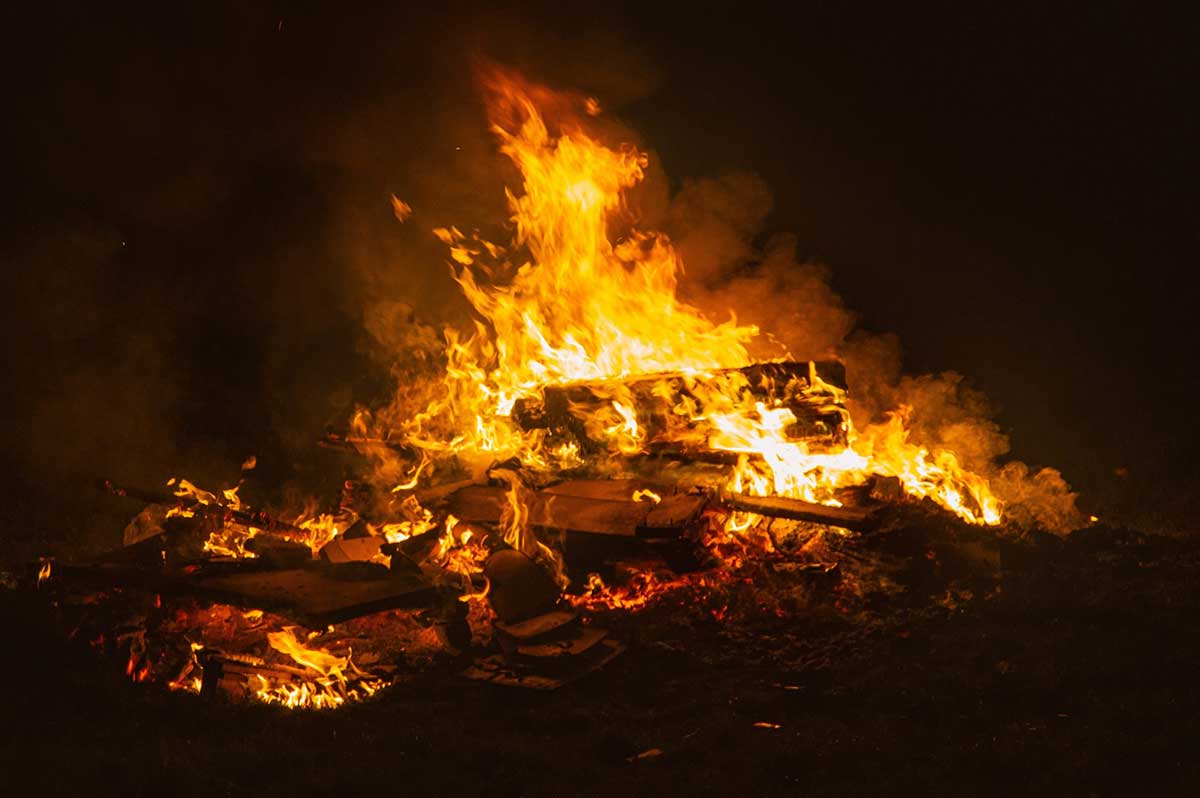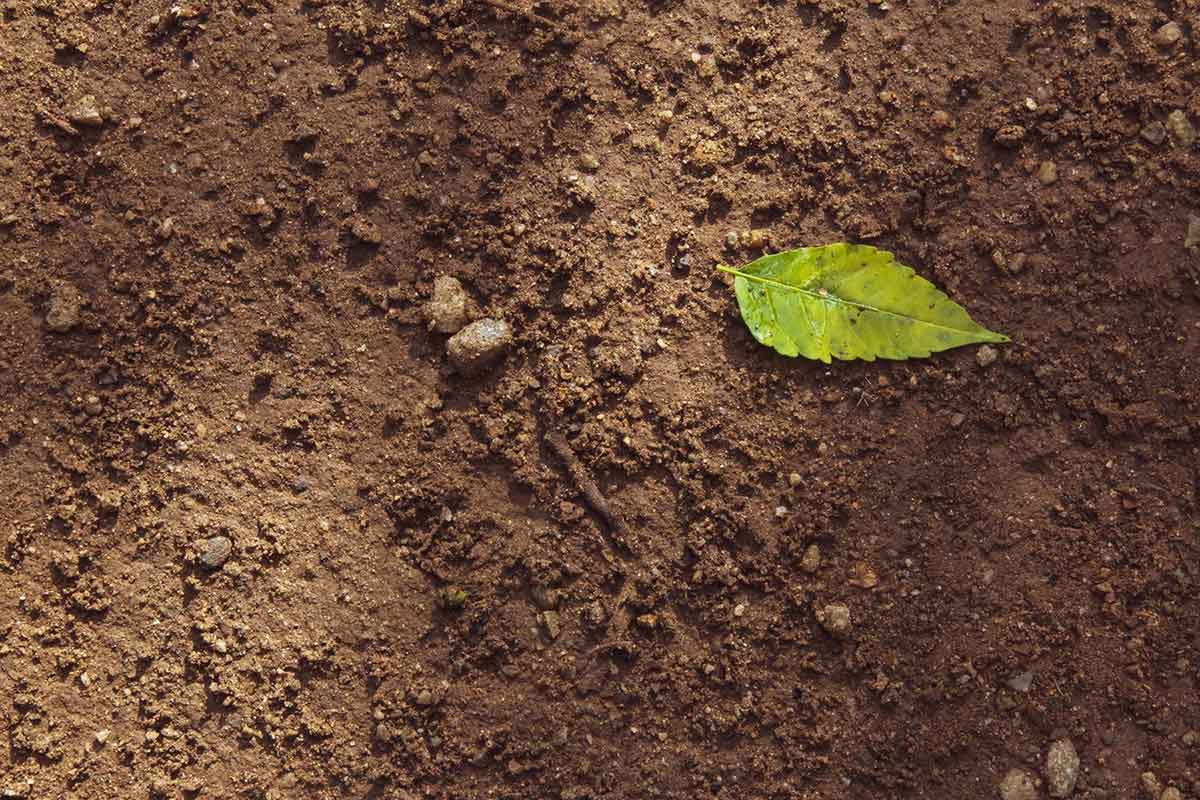In recent years log burners have become very popular in the UK, replacing the traditional open fire and becoming a welcome alternative to gas and electric fires. Compared to open fires they are also much more energy efficient, using less wood and generating more heat. Log burners use between 50 and 75% less wood than an open fire, and instead of most of the heat disappearing up the chimney it pumps it out into your room. It’s estimated that you can get four times as much heat from one log burnt in a log burner, compared one burnt on an open fire.
Log burners are also giving central heating systems a run for their money! Homeowners with log burners tend to switch their central heating on much later in the year, preferring to heat one room in the evening rather than the whole house. Burning logs is also much cheaper than firing up the boiler or electrical heaters; and if your wood is free there are even more savings to be made.
Many of our customers are fortunate to have access to free or cheap logs, either from their own land or neighbouring properties. If you’re interested in becoming more self-sufficient, harvesting firewood could be just as important as growing your own vegetables or raising livestock.
Of course, even with a modern highly efficient log burner, if you want to avoid energy bills during in winter months you will need to harvest and prepare a lot of logs!
Planting Trees For Firewood
If you don’t have a ready supply of firewood, the first step is to get planting for the future. While not a short-term solution, by planting fast growing trees like ash, hawthorn, sycamore and alder, you may be surprised how quickly you can become self-sufficient in firewood. All these woods are also easy to split so if you find you have a surplus at any point, you could diversify by selling your own logs too.
If you’re wondering what trees to plant, this old poem could help:
Beechwood fires are bright and clear
If the logs are kept a year,
Chestnut’s only good they say,
If for logs ’tis laid away.
Make a fire of Elder tree,
Death within your house will be;
But ash new or ash old,
Is fit for a queen with crown of goldBirch and fir logs burn too fast
Blaze up bright and do not last,
it is by the Irish said
Hawthorn bakes the sweetest bread.
Elm wood burns like churchyard mould,
E’en the very flames are cold
But ash green or ash brown
Is fit for a queen with golden crownPoplar gives a bitter smoke,
Fills your eyes and makes you choke,
Apple wood will scent your room
Pear wood smells like flowers in bloom
Oaken logs, if dry and old
keep away the winter’s cold
But ash wet or ash dry
a king shall warm his slippers by.Anon
Coppicing, Splitting and Seasoning Firewood
Whether you’re planning to grow trees specifically for firewood, or already have wood available on site, it can be hard work to harvest and prepare firewood ready for burning.
Many smallholders and landowners coppice trees to keep them at a manageable size, and to produce a sustainable crop. This will provide firewood earlier in the growing cycle, and doesn’t require a felling licence. As coppice poles are typically no more than 6 metres in length and no more than 100mm in diameter, this makes them easy to handle with basic forestry skills.
Once coppiced (or felled if you are clearing woodland), wood needs to be split for logs. Traditionally this would be done with a conventional axe, but if you plan to process large quantities a log splitter will save time and effort.
For the smallholder or landowner a PTO driven log splitter is ideal for light commercial use or for splitting your own sustainable source of logs.
Once split, logs will need seasoning so they burn most efficiently. Ideally this should be done in an open sided shed or barn, reducing the amount of time this will take. Kiln drying is also an option with some cooperative projects starting up around the country where landowners can take their logs to dry.
If you need help choosing a log splitter for your firewood, get in touch with our team to discuss the various options available. We would also love to hear your recommendations for trees to plant for firewood and any tips you can share with our community. Leave a message on our Facebook page, or send us a tweet!








